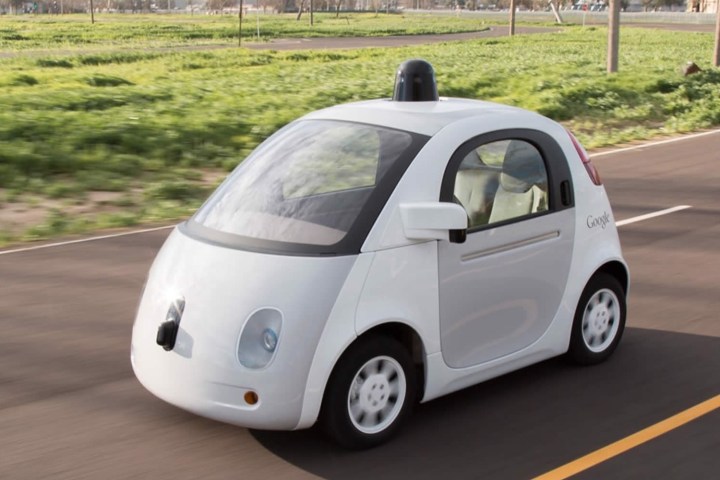
A year ago, the Waymo team first decided it was the right time “to lay down roots,” opening up a “self-driving technology development center” at the end of 2016. The center’s focus was to be the autonomous Pacificas, and now, Waymo is making good on that promise. In a blog post, Waymo CEO John Krafcik noted, “Now, just in time for the first snowfall of the season, Waymo self-driving cars will hit Michigan roads for the winter. This type of testing will give us the opportunity to assess the way our sensors perform in wet, cold conditions. And it will also build on the advanced driving skills we’ve developed over the last eight years by teaching our cars how to handle things like skidding on icy, unplowed roads.”
This isn’t the first time Waymo has conducted cold weather testing. Since 2012, the company has placed cars in frigid environments, including Nevada and the California border area near Lake Tahoe in the winter. However, by testing in Detroit, Waymo hopes to explore how well these cars can navigate snowy or icy roads alongside other commuters.
“Since [2016], Waymo’s local engineers have been working on many different parts of our technology, including outfitting our fleet of Chrysler Pacifica hybrid minivans with our Waymo-designed and built suite of sensors,” Krafcik added. “With a facility close by and roots planted in Michigan, we’ll be able to easily test our self-driving cars in the Greater Detroit area to further improve our technology.”
Google and Fiat Chrysler Automobiles have been collaborating for quite some time now, and Google noted of its work with FCA, “Collaborations like these are an important part of realizing the potential of self-driving technology to improve road safety and make transportation more accessible for millions of people.”
Hopefully, Waymo’s continued winter testing will ensure this type of access in the near future. Wrote Krafcik, “For human drivers, the mix of winter conditions can affect how well you can see, and the way your vehicle handles the road. The same is true for self-driving cars. At Waymo, our ultimate goal is for our fully self-driving cars to operate safely and smoothly in all kinds of environments.”
Update: Waymo has begun testing cars in snowy Detroit.
Editors' Recommendations
- Tesla Autopilot vs. full self-driving: What’s the difference?
- Watch out: Google Drive may have lost months of data
- Waymo expands robotaxi service area in San Francisco
- An autonomous car in San Francisco got stuck in wet concrete
- Waymo taps the brakes on its autonomous-trucking project


